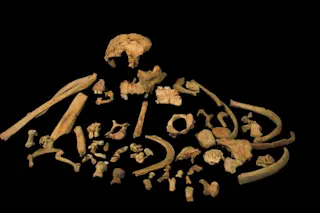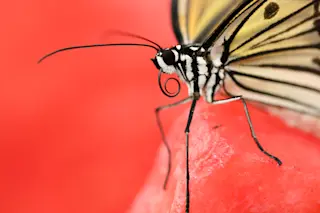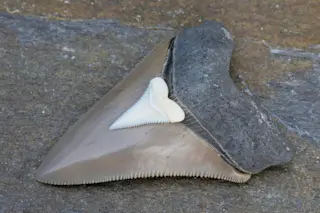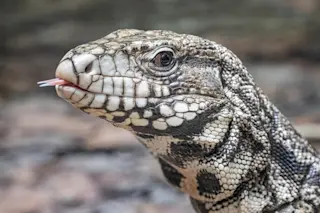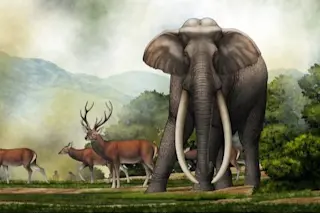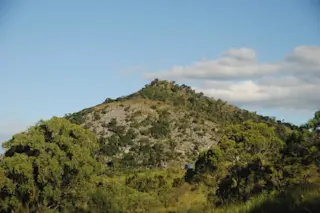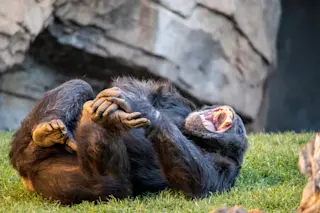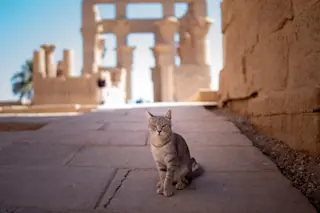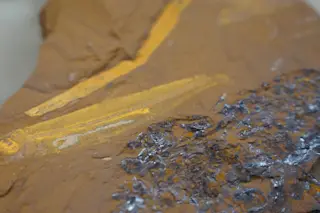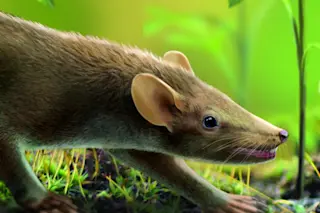A nearly million-year-old tooth is giving scientists new insights into the murky history of human origins. Researchers have analyzed dental enamel from the tooth of a mysterious human ancestor known as Homo antecessor, and their findings help provide some clarity regarding the longstanding mystery of where our species came from.
Actually, who our species came from might be more accurate. There’s a gap in our species’ branching evolutionary tree. Anthropologists know we evolved from more ancient hominins like H. erectus, who lived over a million years ago. And they think we split from more modern hominins like Neanderthals and Denisovans more than half a million years ago. But between the two events, there’s a gap. Scientists are still searching for our last common ancestor with Neanderthals and Denisovans, the species that would birth three of the most modern human lineages.
H. antecessor was long considered one of the candidates. The ...


